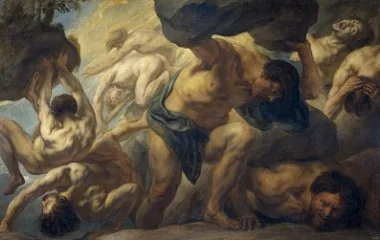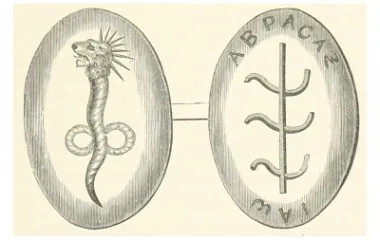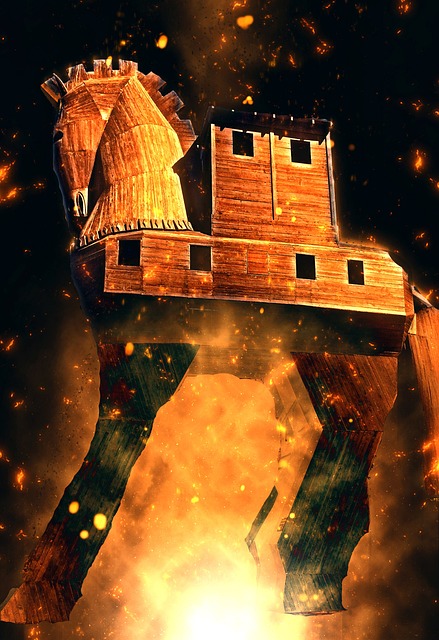Greek Concepts Titanomachy
Contents
Greek Concepts Titanomachy
When it comes to Greek mythology, one of the most fascinating and epic tales is that of the Titanomachy. This ancient Greek concept has captured the imagination of people for centuries, and it continues to be a source of inspiration for literature, art, and popular culture. In this article, we will delve into the world of Titanomachy, exploring its origins, key figures, and enduring legacy.
Origins of Titanomachy
The Titanomachy is a mythological war between the Titans, the older gods, and the Olympians, the younger gods. The Titans were the children of Gaia and Uranus, and they ruled the universe before the Olympians came to power. The story of Titanomachy is rooted in the ancient Greek belief in the cyclical nature of time and the struggle for power between the old and the new. According to Hesiod’s Theogony, the Titans were overthrown by the Olympians in a ten-year-long war, which marked the transition from the rule of the Titans to the rule of the Olympians.
This epic battle is a central theme in Greek mythology and is often depicted in art and literature. The Titans, led by Cronus, represented the old order, while the Olympians, led by Zeus, represented the new order. The Titanomachy symbolizes the cosmic struggle between chaos and order, and it serves as a metaphor for the eternal conflict between the forces of creation and destruction.
The myth of Titanomachy is also linked to the concept of divine succession, as it illustrates the overthrow of the older generation by the younger generation of gods. This theme is a recurring motif in Greek mythology and reflects the belief in the inevitability of change and the passing of power from one generation to the next.
Key Figures in Titanomachy
One of the key figures in the Titanomachy is Cronus, the leader of the Titans and the father of Zeus. According to the myth, Cronus overthrew his own father, Uranus, and became the ruler of the universe. However, he feared that his own children would overthrow him, so he swallowed them as soon as they were born. This act of patricide and infanticide set the stage for the conflict between the Titans and the Olympians, as it sparked the rise of Zeus and the other Olympian gods.
Zeus, the king of the Olympian gods, played a crucial role in the Titanomachy. He led the revolt against the Titans and eventually emerged victorious, banishing the Titans to the depths of Tartarus. Zeus’s victory marked the beginning of a new era in Greek mythology, as the Olympian gods became the dominant deities in the Greek pantheon.
Other significant figures in the Titanomachy include Prometheus, the Titan who sided with the Olympians and played a key role in their victory, and Atlas, another Titan who was punished by Zeus for his role in the war. These figures embody the complex and multifaceted nature of the Titanomachy, and their stories continue to resonate with modern audiences.
Legacy of Titanomachy
The Titanomachy has left a lasting legacy in Greek mythology and has had a profound influence on Western art, literature, and culture. The myth has inspired countless artistic and literary works, including paintings, sculptures, poems, and plays. It has also provided fertile ground for philosophical and theological reflection, as it raises fundamental questions about the nature of power, the struggle between good and evil, and the passage of time.
Moreover, the Titanomachy has been a source of inspiration for modern interpretations of Greek mythology. It has been featured in popular films, television shows, and video games, where it continues to captivate audiences with its epic scale and timeless themes. The enduring popularity of the Titanomachy speaks to its universal appeal and its ability to resonate with people of all ages and backgrounds.
Interpretations of Titanomachy
Over the centuries, scholars and artists have offered various interpretations of the Titanomachy, seeking to uncover its deeper meaning and relevance to the human experience. Some have viewed the myth as a reflection of the struggle for freedom and justice, while others have seen it as a metaphor for the eternal conflict between order and chaos.
One common interpretation of the Titanomachy is that it symbolizes the triumph of reason and civilization over primordial forces and barbarism. The Olympian gods, with their emphasis on law, order, and rationality, are seen as the champions of progress and enlightenment, while the Titans represent the forces of chaos and irrationality. This interpretation highlights the moral and ethical dimensions of the myth and underscores its role as a cautionary tale about the dangers of unchecked power and hubris.
Another interpretation of the Titanomachy emphasizes its cosmic and existential implications, suggesting that it reflects the eternal struggle between life and death, creation and destruction, and the forces of light and darkness. According to this reading, the myth serves as a profound meditation on the human condition and the enduring quest for meaning and purpose in a universe fraught with uncertainty and peril.
Conclusion
In conclusion, the Titanomachy is a rich and multifaceted concept in Greek mythology, embodying themes of cosmic conflict, divine succession, and the struggle for power. The myth has captivated audiences for millennia and continues to be a source of inspiration for artists, writers, and thinkers around the world. Its enduring legacy reflects its universal appeal and its ability to speak to the timeless concerns of humanity. Whether viewed as a historical event, a moral allegory, or a philosophical meditation, the Titanomachy remains a powerful and resonant myth that continues to shape our understanding of the world and our place within it.
Share this content:




Post Comment